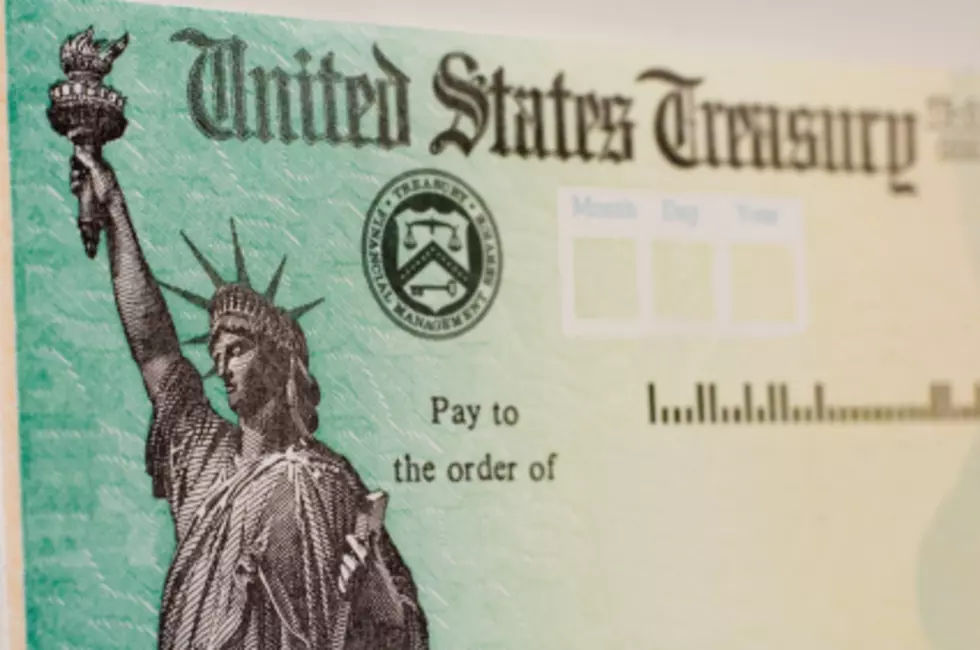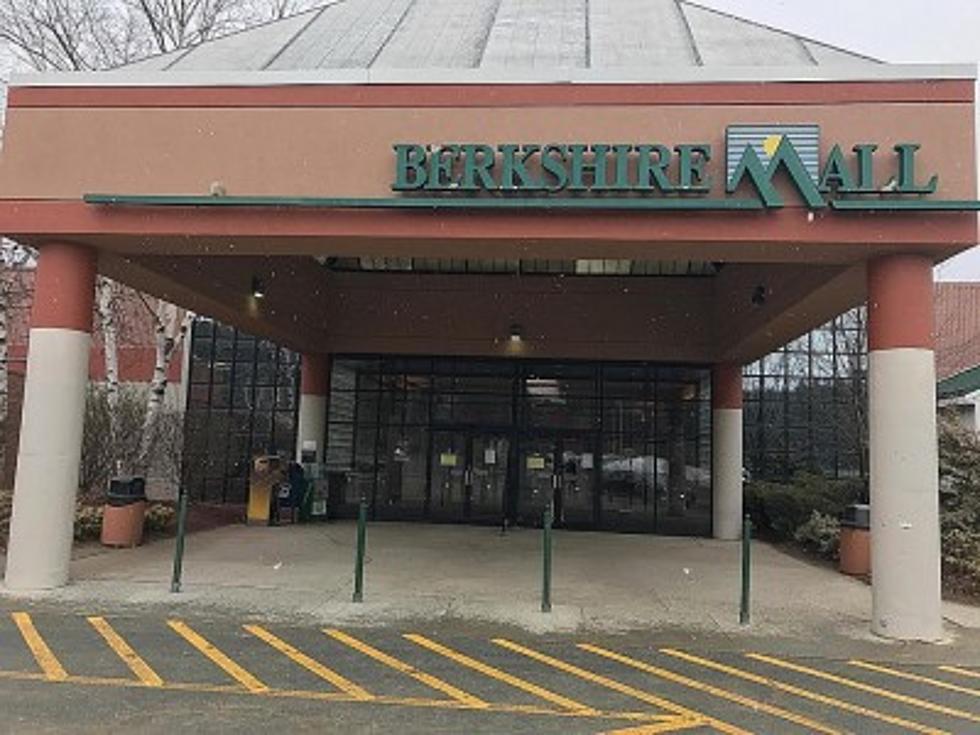
On To The City Council, Planning Board, Then To The Public
After making some adjustments on Wednesday night, the working group developing a retail marijuana ordinance is passing its work to the City Council and Planning Board .
Iberkshires.com reports that the goal of the third and final meeting for the group, was to include input from a public hearing held last week and to make modifications if necessary. The bulk of the more than 90-minute meeting focused on the number of available licenses and the potential locations of "licensed marijuana establishments."
The nearly dozen-member board was charged by Mayor Thomas Bernard to prepare an ordinance over three meetings in January with the purpose of having something on the books by the time the state begins accepting applications for cannabis facilities in April.
Police Director Michael Cozzaglio suggested making both uses 20 percent of the alcohol license number, which would make the maximum number of marijuana licenses four.
But after some debate, the group opted to stick with the 50 percent, which is based more closely on the state's guidelines. Bernstein said some of the public comments were concerned that retail marijuana was already too limited and that the city shouldn't be limiting itself more.
Building Inspector William Meranti said
"I think it's a good starting point where we are,"
However, the way that section was being written to encompass both ideas of 20 percent for retail and 50 percent for production, gave several members pause.
Ross Jacobs, a member of Zoning Board of Appeals said,
"It doesn't sound like the public is having too much of a problem with non-retail establishments," If the ordinance is going to stand up to legal interpretation then the city and the commission should be finding ways to explain that to the people, not through the ordinance."
Bernstein also reviewed the comments made at last week's public hearing and those received by mail or email through Wednesday afternoon, describing them as "thoughtful" commentary. The public hearing, held last Wednesday in Council Chambers, lasted barely 15 minutes and had only a handful of speakers largely concerned with the making the city more welcoming to what they saw as a potential revenue stream.
Wendy Penner, director of prevention and wellness for the Northern Berkshire Community Coalition, had asked that location and signage be kept in mind when approving a retail storefront.
The group spent a long time discussing whether to include churches in the 500-foot setback and how to define a "facility where minors congregate." They are, apparently, in the package store ordinances but had not been included in the marijuana ordinance. The language from the alcohol ordinance is being used as the basis for marijuana retail siting and zoning.
That led to a further conversation on how much that would limit access to Main Street and should that be seen as a positive or a negative.
The group determined to make some minor changes adding "places of worship" and switching out the vague "facilities where minors congregate" to "or similar facilities where organized youth activities occur" to the setbacks.
The language already included schools, playgrounds and similar venues.
The group also included public consumption fines consistent with those imposed on alcohol and set a local tax rate of 3 percent. Further site plan review such as hours, signage, location, and other factors would be determined through special permit process before the Planning Board.
The ordinance still has to go through the planners and City Council, which means there will be more meetings and a public hearing to take in more public input.
More From WUPE









